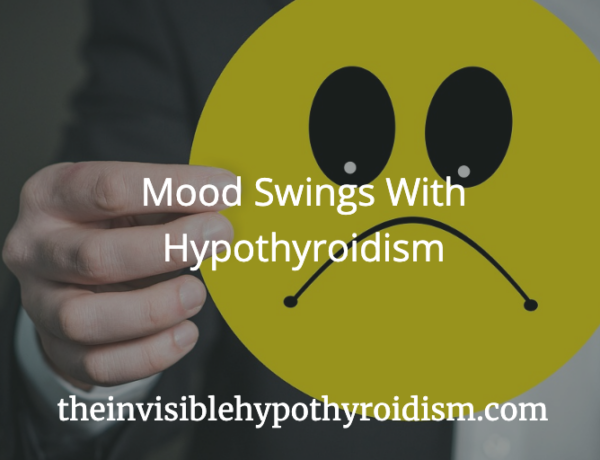Thyroid hormone resistance (THR) is a rare genetic condition.
It occurs when the body doesn’t respond ‘normally’ to hormones produced by the thyroid gland.
This condition may be suspected when someone’s Thyroid Stimulating Hormone (TSH) level is not responding to an increase in thyroid medication, or their doctor suspects they are not absorbing their medication.

What Are The Signs Of Thyroid Hormone Resistance?
The most common symptoms appear to be tachycardia (a fast heart rate) or goitre.
THR really is a rare condition, with it presenting in around 1 in 40,000 people. [1]
Typically, thyroid hormone tests for Free T3 and Free T4 are high in range or elevated (above range), with a TSH unsuppressed. When thyroid hormone levels are high, it is expected that TSH will be suppressed in response, as this hormone is usually high in the presence of hypothyroidism (where thyroid hormones are low), and low or suppressed in the case of hyperthyroidism (when thyroid levels are higher than normal). But this is not the case with THR.
Most, if not all bodily tissues do not respond normally to thyroid hormone (decreased tissue sensitivity), in the case of THR. So despite increases in serum thyroid hormone levels (tested by blood), the patient may appear to have no symptoms and be euthyroid. Others may present with symptoms of hypothyroidism or hyperthyroidism.
In those with symptoms of hypothyroidism and on thyroid medication for this (thyroid hormone replacement), increasing the dosage may not reduce symptoms or the TSH level, but continue to increase Free T3 and Free T4 levels.
What Causes It?
Thyroid hormones usually interact with a receptor in the various target cells throughout the body absolutely fine, however, in THR these receptors are acting abnormal, meaning that the thyroid hormones cannot act as they usually do on cells and have their usual effect.
There are two types of thyroid hormone receptor, called Alpha and Beta.
THR is usually caused by a genetic mutation causing a defective Beta receptor.
What is The Treatment?
Due to it being so rare, if a doctor is not familiar with the condition, invasive treatments such as radioactive iodine ablation may be used, which could be unnecessary.
When treating THR, doctors may look to resolve the patient’s symptoms and clinical picture, instead of aiming to normalize thyroid hormone levels, which may prove ‘impossible’. Some may wish to explore the RAI option or use Tiratricol.
Living with this condition can be incredibly frustrating, particularly if it causes distressing symptoms. However, we unfortunately still do not know much about it at all.
If you’ve been diagnosed with this, feel free to share your experiences in the comments section.
References:
[1] https://www.ncbi.nlm.nih.gov/pmc/articles/PMC4790576/




